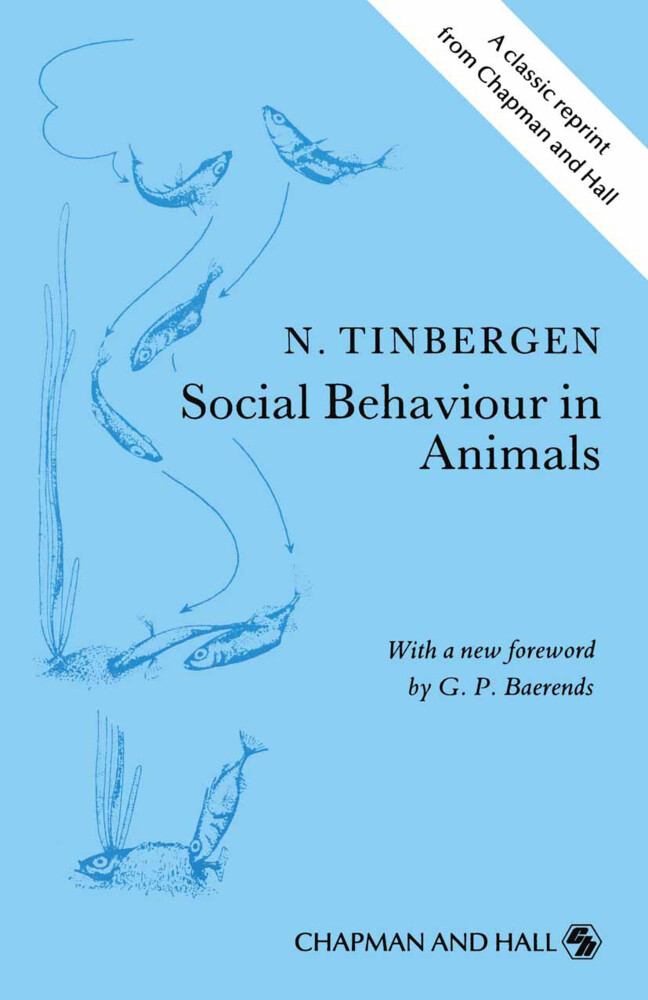HIS book is not intended as an exhaustive review T of facts. Its aim is rather the presentation of a bio logical approach to the phenomena of social behaviour. This type of approach was revived by Lorenz's pioneer studies. It is characterized by emphasis on the need for renewed and careful observation of the huge variety of social phenomena occurring in nature; by emphasis on a balanced study of the three main biological problems function, causation, evolution; by emphasis on an appro priate sequence of description, qualitative analysis, quanti tative analysis; and finally by emphasis on the need for continuous re-synthesis. The character of this approach, combined with the limitations of space, have determined this book's contents. Limits of space led to the omission of a great deal of de scrip tion. Thus, Deegener's voluminous work on fhe multitude of types of animal aggregations has not been discussed. Also, the highly specialized 'states' of social insects have not been treated in detail, since there are excellent books dealing exclusively with them.
Inhaltsverzeichnis
I Introduction. - Statement of the problems. - The Herring Gull. - The Three-spined Stickleback. - The Grayling. - Types of social co-operation. - II Mating Behaviour. - The functions of mating behaviour. - Some instances of timing. - Persuasion and appeasement. - Orientation. - Reproductive isolation. - Conclusion. - III Family and Group Life. - Family life. - Group behaviour. - IV Fighting. - Reproductive fighting. - The functions of reproductive fighting. - The causes of fighting. - The peckorder. - V Analysis of Social Co-Operation. - Recapitulation. - The actor s behaviour. - The behaviour of the reactor. - Review of releasers. - Conclusion. - VI Relations Between Different Species. - The release of reactions. - The avoidance of release. - VII The Growth of Social Organizations. - Differentiation and integration. - The establishment of social ties. - Further developments. - Conclusion. - Regulation. - VIII Evolutionary Aspects of Social Organization. - The comparative method. - Comparison of social systems. - Comparison of releasers. - Conclusion. - IX Some Hints for Research in Animal Sociology.














